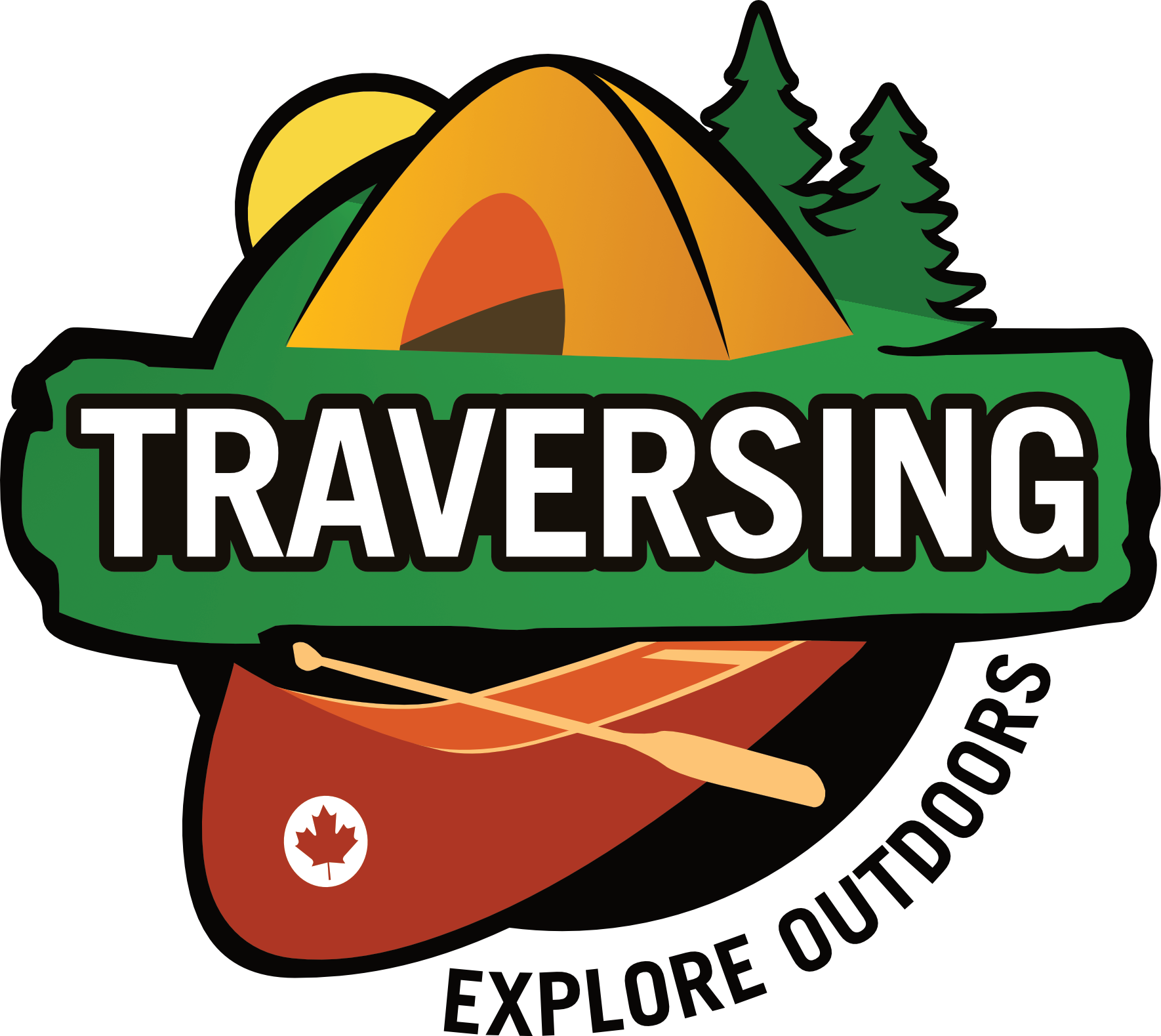Trail Swag Reports: The Owl Foundation
The Owl Foundation is a charitable organization dedicated to helping injured or orphaned owls. Located in the Niagara Peninsula, here in Ontario, it was founded by Kay and Larry McKeever in the 1970's. The Non-profit has operated there for years under Kay's watch and has even won awards for their efforts.
We attended a private Fall tour which was a good season, because it didn’t interfere in any Owl breading or courtship rituals.
Our tour guide, Stacy (on the left) was chock full of information and was able to answer all questions with ease. Throughout the tour she had side-stories of events that have happened to the owls which made the tour really interesting (perhaps one too many a side stories as we were the last group to get back from the tour... much to our delight).
There are about five acres of caging on a 25 acre plot of land. The house was built and designed by Kay (who’s a bit of an amateur architect).
Long eared owls are highly strung birds and are pretty nervous all the time. Lots of wall partitions and cedar boughs were built into the cages. This helps the birds hide from the caretakers as well as hide if a breading pair aren’t getting along very well.
A lot of the cages have corridors and interestingly enough, the Owls tend to use one section over the Summer and another during then Winter.
Stacy described the Short Eared Owls as being much more laid back, and the Long-Eared as “always in a state of having a heart-attack”.
It was interesting to see how the Owls reacted to the humans walking by their cages. They would contort their bodies to pose as 'branches' or hide behind bushy segments and keep an eye on us. Sometimes it took the entire group a while to play the game "spot the owl in the cage". The best places to spot them were always in nooks that the Owl Foundation had made for them to make them feel more at ease.
Birds are categorized depending on if they are a resident bird, a releasable bird (as well as depending on the nature of the injury), and the species of the bird. The cages are built into the forest to give them more of a ‘homey-type’ feel, see the vegetation around them, and to an extent, protect them so they don’t feel prone out in the middle of a field. Inside the cages, they are designed with the bird in mind, to give them lots of perching and nesting options. Some perches have astroturf and some are different thicknesses and this is to help the birds avoid bumblefoot which is like a bedsore from perching in the same spot.
If you imprint a bird, it can never be released to the wild. The owls will just become a nuisance to people because they think they are a food source. The Owl Foundation wants to be sure that Owls learn to be Owls.
An Owl needs to lay eggs in order to “want” to take care of babies. At that point, it provides an opportunity for the Owl Foundation to ‘sneak’ in rescued owlets. The new foster parents won’t care, they will treat the orphans as their own.
Wink, who is missing his right eye
The Owl Foundation is hoping to introduce Wink to a female who lost her mate who died at the age of 28. They two Owls have been talking back and forth through the cages, so it is hopeful that they will introduce the two at some point. It is always better to have a pair as a pair of Owls when it concerns the young as they have different roles. The female cares for the babies at the nest, but once one leaves, it becomes the male’s job to hunt and bring food back to their wandering kids (Stacy says that they do wander!).
Attached to the cages is a feeding box with a water dish, so that the caretakers don’t have to go inside the cage. The boxes also have a heat bulb for the winter, so that the mice don’t freeze. All 'residents' get dead food, but there is live-food training.
The Own Foundation will keep any Northern bird during the Winter and release in the Spring so that they continue their Migration as normal.
A 1,000 square foot cage
In captivity, the Owl Foundation are the ones picking the pairs, so sometimes you have to shift them around a bit to see if there is a connection. It was discovered that two females had been put together, so they tried keeping them together since they already got along and they ended up mothering a newborn at the same time.
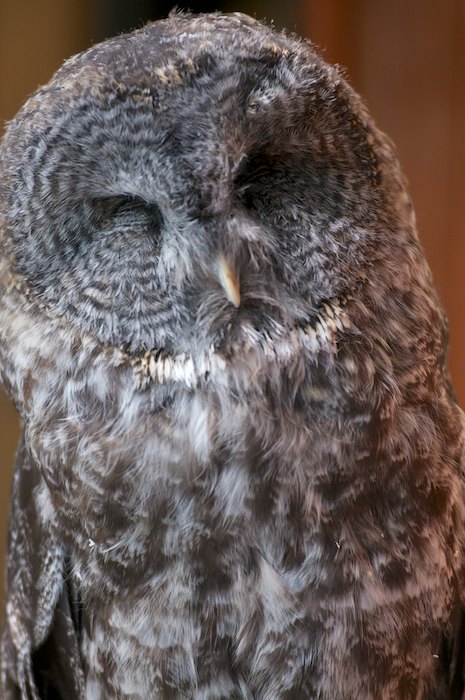
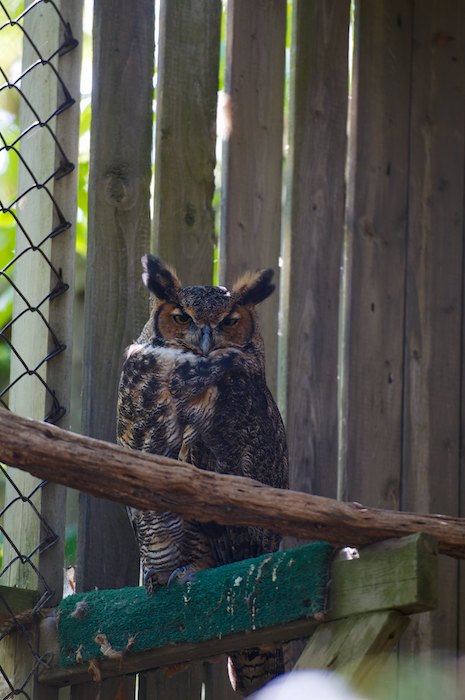
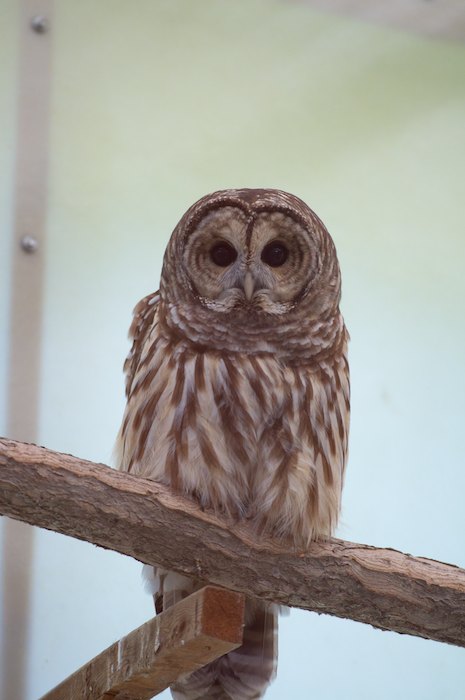
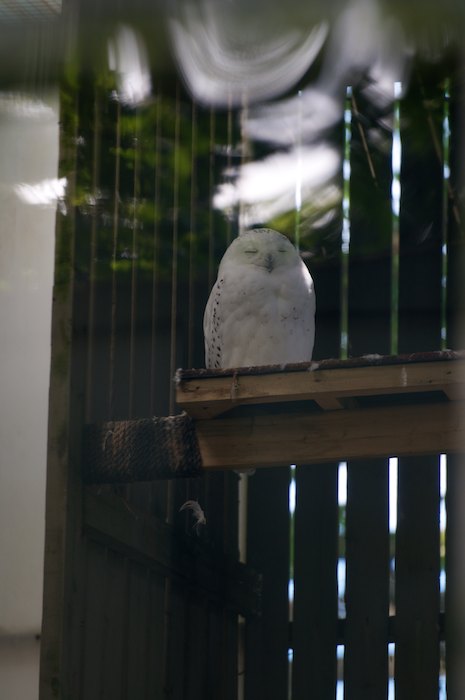
Back in 2002 they lost about 100 owls to West Nile. Great Horned Owl, Screech Owls, Barred Owls are a little more resistant to the virus and sometimes able to fight it off. A Northern Bird however will perish within a few days without many symptoms. A brain swelling will cause them to look a little “squinty”, but that is about it. The cages now have mosquito netting on them in hopes to prevent something like this from happening again.
Kay was doing well as was Big Bird (who had an eye infection at the time).
You can follow the Owl Foundation on Facebook.
The Owl Foundation is always looking for volunteer drivers. That way an injured bird can be brought to a volunteer (who doesn’t necessarily have to drive the whole distance), and can pass the bird along to another volunteer to make the commute easier.
Please consider donating to the Owl Foundation so that they can continue work on rehabilitating these beautiful birds.
